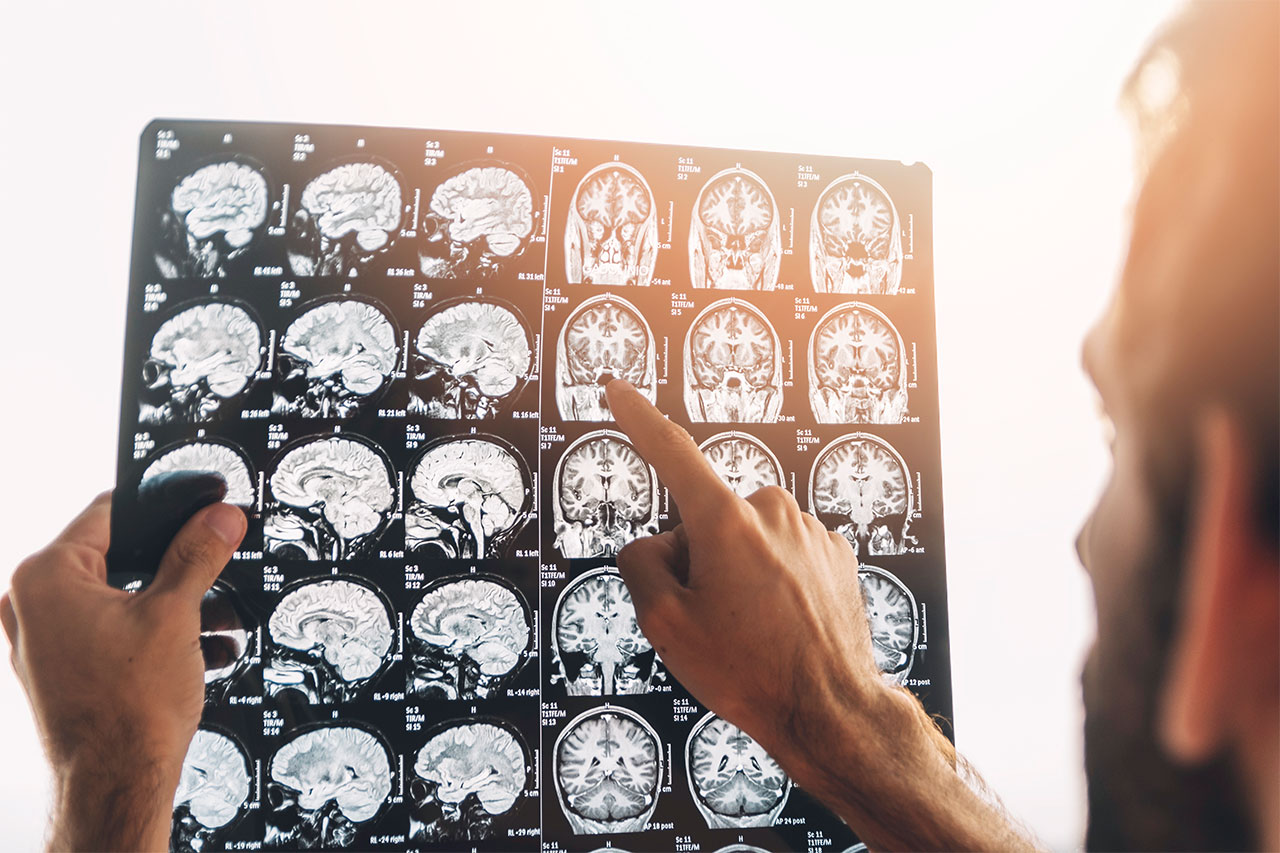Athletes, whether professional or recreational, face a multitude of injuries during their career. Diagnosing their injuries is quite straightforward in most cases. Why? Because physicians can pinpoint the exact area causing trouble.
Luckily, athletes can recover from most sports and non-sports related injuries as there are numerous treatments and surgical procedures to ensure their return is swift. What’s more, people can return to their pre-injury form after adequate rest and recovery.
However, diagnosing some injuries in is quite complicated because of their vague nature. Concussions, in particular, are a common occurrence among athletes. What makes it worse is that people often do not know whether they have a concussion. They continue their activities and make things worse in the long run.
A Brief Introduction to Concussions
You’d be surprised to see the number of pro athletes who suffer from concussions. Thousands of high school athletes, in particular, suffer from this issue every year. Soccer, ice hockey, football, boxing, cricket, or any other sport where there is a chance of hitting your head could lead to a serious concussion.
Diagnosing this issue is quite tricky numerous sufferers do not have external injuries. Instead, they feel dizzy or nauseous (sometimes both) and dismiss it thinking it is a headache.
Contrary to popular belief, you do not need to be knocked out or lose consciousness to get a concussion. The problem also arises when a kid’s mental status changes due to trauma (blows to the head.) Confusion, dizziness, and frequent mood swings are popular concussion symptoms. However, these problems could also arise due to various other reasons.
What Happens When You Suffer from a Concussion in Sports?
People face numerous physical and mental symptoms from sports-based concussions. Dizziness, fatigue, forgetfulness, and concentration difficulties are common concussion symptoms. The good news is the symptoms vanish within a week or ten days. However, some could also last for several months.
Some sufferers complain of having behavioural, emotional, mental, and physical symptoms – also known as post-concussion syndrome.
There is very little information regarding whether this concussion type occurs because of physiological or medical causes. Back in the day, there was limited information regarding concussions. It is a significant reason why several athletes continued playing their sport and worsened their condition.
Not receiving prompt treatments for head injuries could lead to second impact syndrome. It is a pathological reaction from your brain and could be life-threatening. You must seek careful management and evaluation of any concussion, sports-related or not.
Professional athletes like Muhammad Ali, Didier Drogba, Chris Benoit, Frank Gifford, Aaron Hernandez, and B.J Penn suffered from concussions during their careers.
How do Doctors Evaluate Concussions in Sports?
Doctors usually manage concussions based on their severity. They will perform a thorough medical evaluation to analyze your consciousness, vital signs, and rule out injuries, especially spinal issues.
Athletes who lose consciousness while competing must undergo emergency evaluation. On the other hand, doctors typically evaluate less serious concussions on site instead of emergency departments.
There are numerous approaches to on-site or sideline assessments. Doctors also have guidelines to decide when you can return to sports after suffering a concussion.
Are Neurophysiological Assessments Helpful?
Experts regard neurophysiological assessments is a highly sensitive way to detect brain function disturbances related to concussions. The National Hockey League and The National Football League are high on systematic neurophysiological testing programs.
Other sports leagues and colleges are also starting to incorporate such programs to protect their athletes.
Experts conduct brief information processing, memory, and attention tests before and after each season to ensure each athlete is free from concussions. Players who do not perform well in these tests receive medical suspensions according to their concussion’s severity.
However, they can return after serving their suspension and passing the neurophysiological assessments.
What Sports Organizations are doing to Treat or Prevent Concussions
Athletic commissions have been very proactive to minimize sports concussions. They have implemented several rules to reduce such injuries and continue to make the adjustments necessary to protect athletes.
The National Collegiate Athletic Association illegalized using heads for tackling in 1976. It reduced neck and head injuries by fifty percent.
Some athletic bodies also mandated helmets in various contact sports to minimize concussions. They continue to make improvements by making athletes wear helmets specially designed to shield the neck and head. Trainers are also playing their part in strengthening young athlete’s neck muscles to avoid concussions.
Don’t Rush Your Return.
Everyone wants to return to their favourite sport as soon as possible. Some individuals even ignore their doctor’s order and do not get enough rest. You’d be surprised to learn that rest is arguably the most important element for recovery.
Combat sports athletes take hard blows to the head regularly and even get knocked out. However, they return to punching, kicking, and grappling within months or a year after resting.
Besides rest, your doctor may prescribe you some medications and dietary/lifestyle changes to speed up your recovery process. Do not take their words for granted and follow all the steps if you want to return to action soon.
It would be best to go to a reputable clinic if your symptoms don’t go away within weeks. Experts will evaluate and treat you based on your age, health, pre-existing medical conditions and other variables.
Remember, recovering from such injuries is not a linear process. You might face some ups and downs during the recovery period, but you will recover with ample rest.

